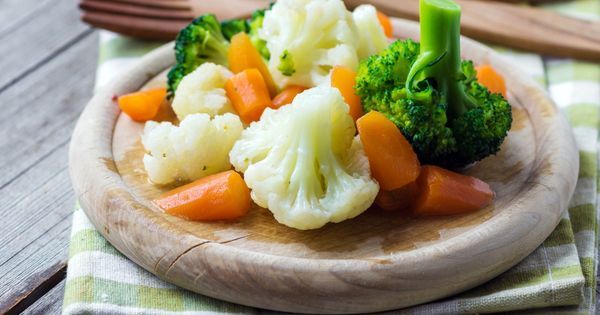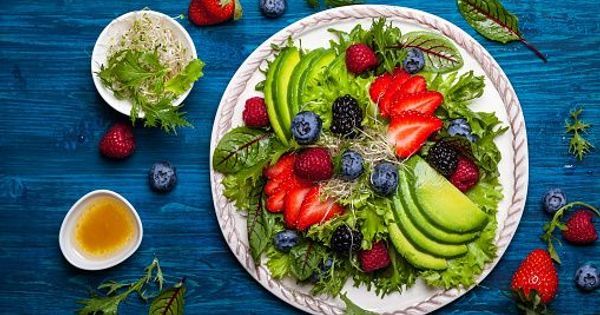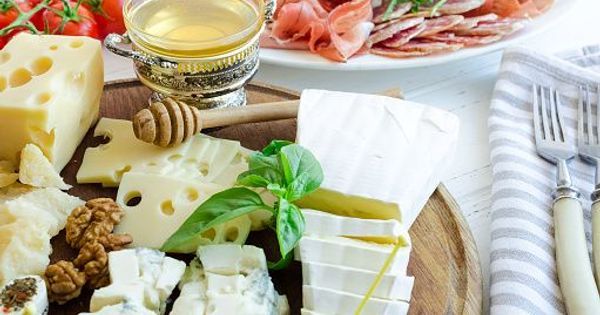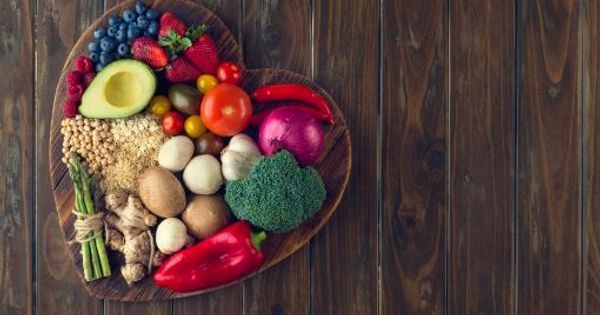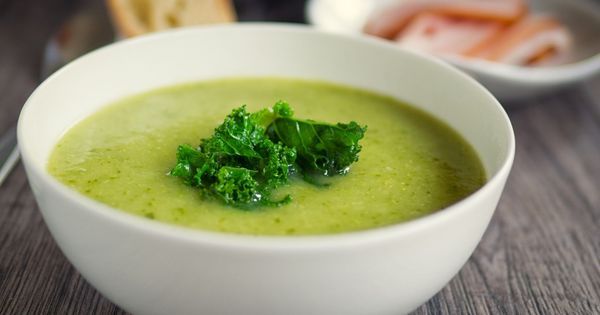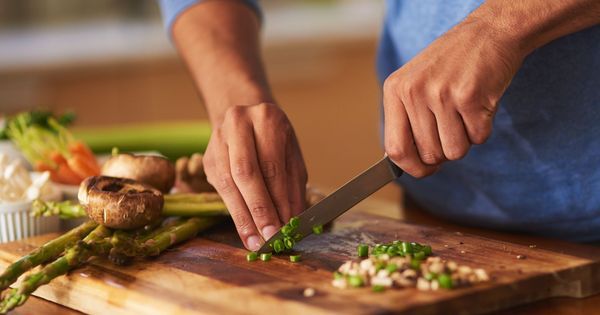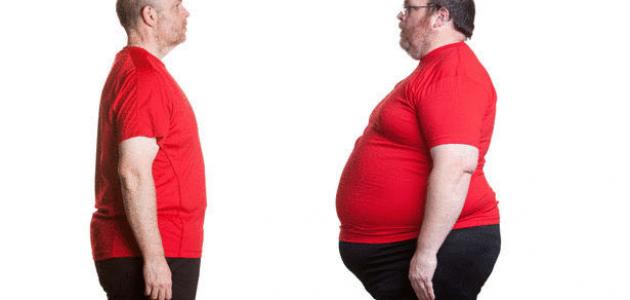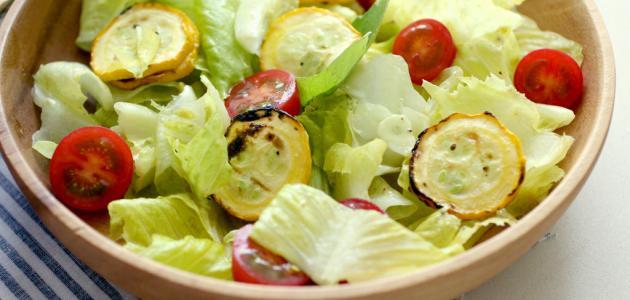The Okinawa diet is a way of eating inspired by the traditional diet of the inhabitants of the small island of Okinawa off the coast of Japan, known for its many centenarians. Adopting this diet, which is similar to healthy eating habits can help you stay slim and healthy.
What is the Okinawa diet?
The "Okinawa diet" originated from the traditional Okinawa diet. It is a diet with low-calorie intake, rich in fruits and vegetables and low in meat, saturated fatty acids, refined grains, sugar, salt, and fatty dairy products.
Since 1975, the Okinawa Centenarian Study research group has conducted a study on the elderly residing on the main island of the Japanese prefecture of Okinawa and in particular on its centenarians. In 2015, more than 1000 centenarians were examined.
The exceptional longevity in this southern and poor island of Japan and the low prevalence of age-related diseases are believed to be linked to various factors:
- A healthy lifestyle (regular physical activity, no tobacco, little alcohol)
- Genetic particularities
- And the traditional diet of the people of Okinawa
The latter is based on vegetables (58-60%) including sweet potato (orange and purple), seaweed, kelp, bamboo shoots, daikon radish, bitter melon, cabbage, carrot, Chinese okra, pumpkin, and green papaya.
Cereals (millet, wheat, rice, noodles) account for 33% of the intake.
The other foods, proportionally less important in the diet (1 to 5%) are based on soy (tofu, miso, natto, and edamame), white fish, seafood, occasionally pork, little alcohol, tea with jasmine, spices rich in antioxidants eg turmeric and broths.
The objectives of the "Okinawa diet" may be to hope for long and healthy life, and secondarily to lose weight.
It should be noted that the Okinawan diet shares healthy eating habits with the traditional Mediterranean diet or the DASH diet (Dietary Approaches to Stop Hypertension).
How does the Okinawa diet work?
The Okinawa diet is a flexitarian (semi-vegetarian) diet low in fat (they represent less than 25% of total calories).
The few basic principles of the Okinawa diet are:
- Eat fresh, low-calorie products rich in vitamins and minerals
- Promote a colorful plate (food diversity)
- Eat only small portions
- Eat while believing that food has healing powers
- Stop eating before you are full
- Sufficient regular physical activity
With this diet can we hope ...
- Lose weight? Yes, because the Okinawa diet combines a light calorie restriction (-10 to -15%) with physical activity.
- Increase your life expectancy? Yes. In an article published in 2016 in Age Aging, Le Couteur DG and his collaborators at the University of Sydney point to the parallelism between the remarkable longevity of the inhabitants of Okinawa who follow the traditional Okinawan diet and numerous studies showing in the animal association between exceptional longevity and a diet comparable to the traditional Okinawan diet (with calorie restriction and food intake rich in carbohydrates and low in protein).
- And stay healthy? Yes. Willcox DC and his collaborators from the University of Okinawa specify in an article published in 2014 in Mechanism of Aging and Development, the mechanisms which could explain the impact of this type of food on health: "A low intake of acids Saturated fat, high in antioxidants and a low glycemic load could help reduce the risk of cardiovascular disease, certain cancers and other chronic diseases through multiple mechanisms, including a reduction in oxidative stress ". In addition, the Okinawa diet gives an important part to physical activity.
What can I eat?
Foods on the "Okinawa Diet" are low to medium calorie-dense, rich in vitamins and minerals.
Recommended foods
Among the recommended foods, let us cite all vegetables (in particular those rich in fiber and low in calories such as cucumber, tomato, eggplant, etc.), cereals and starches (preferably whole grains, sweet corn, sweet potato), fresh fruit, soy products, dairy products (plain yogurt, very fresh cheese), tea and spices (turmeric, mugwort).
Prohibited foods
Foods to avoid are processed foods, sugar, salt, cream, and cheese.
Foods to moderate
Foods to moderate (eat less than 3 times a week) are rice, pasta, semolina, bananas, avocado, potatoes, fish, and seafood.
Meat (skinless poultry, lean meat) and eggs, alcohol, dried fruits, and oleaginous fruits (walnuts, hazelnuts, almonds, peanuts, etc.) should only be consumed in exceptional circumstances.
Is the Okinawa diet easy to follow?
If the goal is to lose weight, the Okinawa "diet" is like any "diet" by definition transitory, so easy to follow.
If the goal is to age in good health, it is a way of life close to that of the inhabitants of Okinawa that it is advisable to adopt for life: the traditional food of Okinawa or "Okinawa diet" (or its Western variant, more accessible) associated with sufficient and regular physical exercise.
Effectiveness of Okinawa diet monitoring
If the goal is to lose weight, as with any diet aimed at losing weight, before starting the diet, you should:
- Seek to understand why you have put on weight in order to implement corrective elements at your own pace. It can be intense stress, annoyances, junk food, a family habit (high food intake when the work is no longer physical), or another cause (restaurants, snacking, eating without hunger in front of the television, sugary drinks.)
- Gradually re-train yourself for physical effort (sports club, social center, etc.) and continue physical activity during and after the diet. Warning: telling yourself that you will resume physical activity after the diet exposes you not to do it and to regain the weight as quickly as you lost it
The Okinawa diet for weight loss can be followed for a short time. In 15 days to 3 weeks, the calorie restriction associated with the physical exercise offered by the Okinawa diet will take effect. It will then be advisable to stop for 2 months and if necessary to repeat after 2 months a new treatment of 2 to 3 weeks. The diet will be an opportunity to learn to listen to feelings of hunger and satiety.
If the desired goal is to have the longest possible life in good health, we can invest in a cookbook to vary the dishes and pleasures and we will ensure to maintain regular physical activity over the long term (at less 5 hours per week).
What type of physical exercise should accompany the Okinawa diet?
From the lifestyle of Okinawa centenarians, let's remember the importance of avoiding a sedentary lifestyle. To do this, avoid spending hours in front of your television. Moving every day allows you to maintain regular physical activity as long as possible (walking, gardening, karate, cycling, swimming ... whatever), even at a hundred years old ...
Is this diet dangerous for health?
Cardiovascular risk
The Okinawa diet and the regular physical activity it promotes are cardiovascular benefits.
Be careful, however: the resumption of physical activity in a sedentary subject, especially overweight, must be supervised to avoid any cardiovascular risk (prior medical examination). Gradually re-train yourself.
Blood sugar risk
Any hypocaloric diet can expose to hypoglycaemic discomfort if the calorie restriction is too important in relation to the physical efforts practiced.
The risk associated with the consumption of seaweed
It is advised not to eat seaweed in case of hypothyroidism, heart disease, renal failure, treatment with a drug containing iodine or lithium, in pregnant or breastfeeding women without medical advice.
Caution should be exercised in children in the absence of sufficient data to measure the risk involved.
Is this diet compatible with special diets?
Vegetarian or vegan diet
- Vegetarian: It all depends on the type of vegetarian diet.
- Vegan: no, the Vegan diet excludes foods of animal origin (meat, fish, shellfish, dairy products, eggs). The people of Okinawa eat fish and shellfish, dairy products, and exceptionally meat and eggs.
Gluten-free diet
The Okinawa diet is compatible with a gluten-free diet.
Low salt diet
The Okinawa diet is compatible with a diet low in salt, as long as you avoid the consumption of seaweed, which is high in sodium.
Kosher diet
The Okinawa diet is compatible with a kosher diet, as long as you eat kosher foods.
Halal diet
The Okinawa diet is compatible with a halal diet, as long as you eat halal foods.
What type of meal does this diet offer?
While vegetables and grains are the staples of Okinawa's diet, there are thousands of recipes out there, so some can fit into the western diet. An idea of a typical day.
The example of a typical day
Breakfast :
- Traditional version: miso soup, seaweed, and tofu, rice, green tea
- Western variant: rye bread or wholemeal bread, very fresh cheese, fruit, tea
Lunch :
- Traditional version: seaweed salad and cucumber salad, grilled eggplant, rice, eel skewer, papaya, green tea
- Western variant: brown rice, spaghetti with garlic and lemon basil, fish in foil, cucumber salad
Having dinner :
- Traditional version: rice with red beans and guava, pineapple
- Western variant: rice with cereals and mushrooms, spicy tofu, citrus vinaigrette, fruit, tea
Benefits of the Okinawa Diet
- Diversified, balanced diet, without prohibited foods
- Invites you to listen to your feeling of hunger
- Weight loss if calorie reduction compared to usual calorie intake
- Stabilization at a lower BMI level possible, if the regular physical activity of at least 5 hours per week is instituted before, during, and after the diet
- A longer healthy life is possible
Disadvantages of the Okinawa diet
- Not eating to full is a habit that may not be suitable or take time

